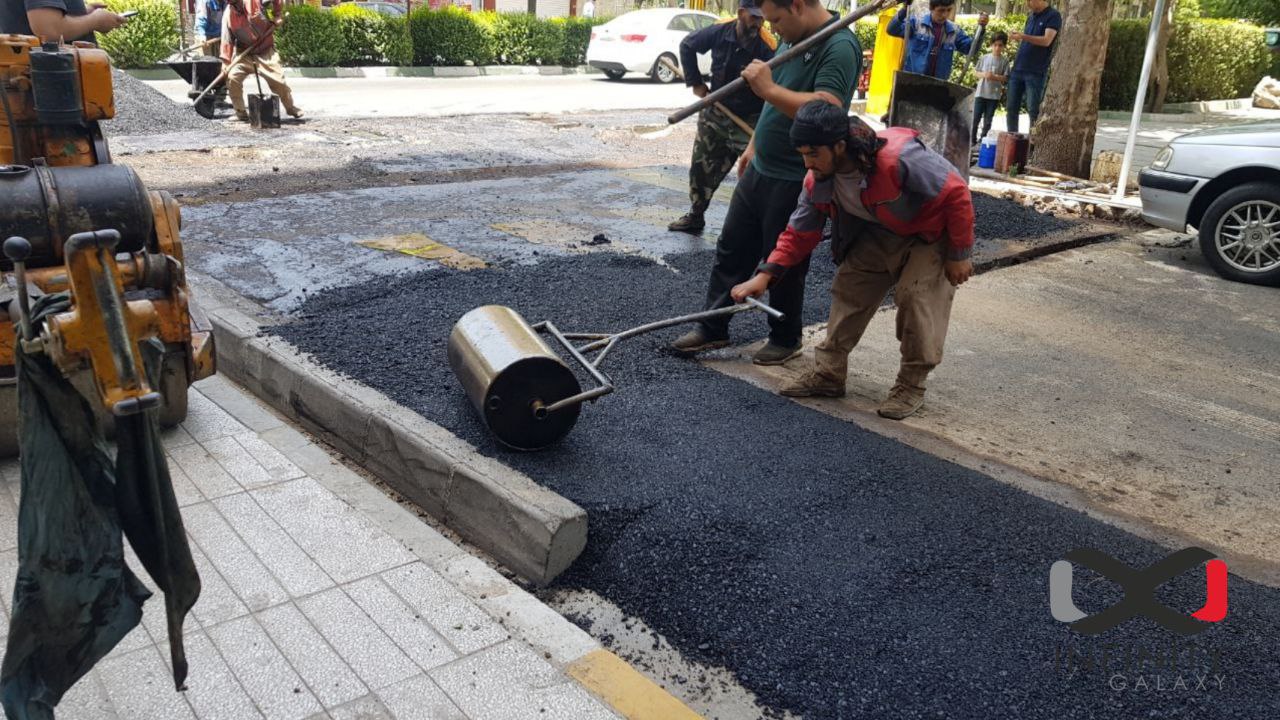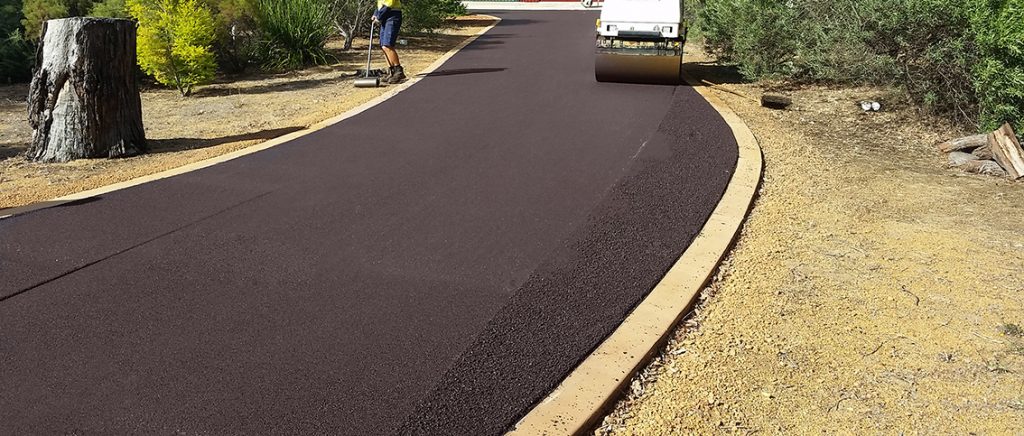Change Your Residential property's Landscape with Hot Mix Asphalt Paving Quality
Change Your Residential property's Landscape with Hot Mix Asphalt Paving Quality
Blog Article
Unlocking the Tricks of Hot Mix Asphalt Innovation
Checking out the depths of warm mix asphalt innovation discovers a globe where specific formulas and precise procedures converge to form our roads and framework. The combination of aggregates, binders, and fillers isn't simply a building and construction job however a strategic orchestration of longevity and effectiveness.
Importance of Warm Mix Asphalt
Hot Mix Asphalt plays a critical function in modern-day facilities growth because of its durability and cost-effectiveness. As one of the most commonly utilized leading material for roadways, freeways, and parking area, Hot Mix Asphalt supplies a series of advantages that add to its significance in building and construction projects. One crucial benefit is its ability to stand up to heavy web traffic lots and harsh weather, offering a trusted and lasting surface area for transport networks. Additionally, Hot Mix Asphalt is economical in both first construction and long-lasting maintenance, making it a recommended option for many infrastructure projects.
The longevity of Warm Mix Asphalt stems from its composition, which consists of aggregates, binder, and filler materials that are meticulously chosen and mixed to fulfill particular performance demands. In general, the relevance of Warm Mix Asphalt in infrastructure growth can not be downplayed, as it proceeds to be a foundation of modern building practices.
Elements of Asphalt Mixes
The composition of asphalt blends includes meticulously selected aggregates, binder, and filler products that are essential for attaining particular efficiency requirements. Accumulations are the primary component of asphalt blends, providing stamina and stability. These aggregates can be all-natural, such as gravel or crushed rock, or synthetic, like recycled materials from old sidewalks. The binder, generally asphalt or asphalt concrete, holds the aggregates with each other and gives versatility and longevity to the mix. The selection of the binder is vital as it directly influences the mix's efficiency in various climate condition. Fillers, such as moisturized lime or Rose city concrete, are used to enhance the mix's workability and aging resistance. Angled Parking.
The mix and percentage of these components play a considerable duty in establishing the quality and performance of the asphalt mix. Engineers very carefully create the mix to fulfill details needs, taking into consideration factors like traffic quantity, environment problems, and sidewalk life expectancy. Appropriate choice and balancing of aggregates, binder, and fillers are important for producing resilient, lasting asphalt pavements.
Combining and Manufacturing Strategies

When the accumulations are chosen, the binder, usually asphalt concrete, is included to bind the products with each other. The binder's top quality and amount dramatically influence the mix's resistance, adaptability, and stamina to ecological elements. Furthermore, fillers like hydrated lime or Portland concrete might be integrated to improve particular qualities of the asphalt mix, such as its workability or moisture resistance.
Throughout manufacturing, the accumulations and binder are heated, normally between 250-325 ° F(121-163 ° C ), to promote blending and make sure proper covering of the accumulations. The blending process must be thorough to attain an uniform mix that advertises the preferred performance characteristics of the asphalt. Numerous methods, such as batch blending or drum mixing, are used to accomplish high-grade and constant asphalt mixes for building and you can try here construction jobs.
Factors Influencing Asphalt Performance
Variables influencing asphalt efficiency include a range of variables that influence the resilience, long life, and general quality of asphalt sidewalks. One key aspect is the quality of products used in the asphalt mix. The kind and source of accumulations, the binder quality, and the additives all play a substantial function in determining the efficiency of the asphalt pavement. The gradation of aggregates is essential as it affects the mix's security, workability, and resistance to cracking and rutting.

Ecological conditions additionally influence asphalt efficiency. Temperature variations, dampness infiltration, and website traffic loads can all influence the structural stability of the pavement. Style factors to consider, such as pavement density and water drainage, are vital in ensuring the long-lasting efficiency of the click this link asphalt pavement. By thoroughly taking into consideration these elements, service providers and engineers can enhance asphalt efficiency and boost the life span of pavements.
Lasting Practices in Asphalt Modern Technology

Furthermore, the development of warm-mix asphalt (WMA) technologies has actually obtained see here now grip in recent times. WMA allows for the production and positioning of asphalt mixes at reduced temperatures compared to standard hot-mix asphalt, leading to decreased energy consumption and greenhouse gas exhausts. The use of permeable asphalt mixes can aid alleviate stormwater overflow concerns by enabling water to infiltrate via the pavement and right into the ground, promoting all-natural water filtering and recharge procedures. By implementing these lasting practices, the asphalt sector can contribute to constructing a much more durable and environmentally pleasant infrastructure network.
Conclusion
Finally, hot mix asphalt innovation plays a critical role in modern facilities advancement as a result of its longevity and cost-effectiveness. By carefully balancing elements, utilizing appropriate mixing methods, and thinking about different variables, designers can develop high-grade asphalt blends that hold up against hefty website traffic lots and rough weather. Welcoming lasting methods, such as utilizing warm-mix innovations and recycled materials, further enhances the ecological kindness of asphalt innovation.
Mixing and production strategies in warm mix asphalt innovation include the precise mix and handling of aggregates, binder, and fillers to create a high-performance and sturdy asphalt mix.Aspects influencing asphalt performance incorporate a variety of variables that impact the durability, long life, and general quality of asphalt sidewalks. Sustainable practices in asphalt modern technology include various campaigns aimed at reducing the ecological impact of asphalt manufacturing and paving processes. By including recovered asphalt pavement (RAP) and recycled asphalt tiles (RAS) into brand-new asphalt mixes, the sector can substantially reduce the intake of raw materials and power, while also lowering landfill waste.
WMA permits for the production and positioning of asphalt mixes at reduced temperatures compared to traditional hot-mix asphalt, resulting in minimized power usage and greenhouse gas exhausts.
Report this page